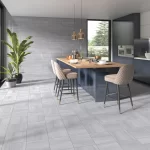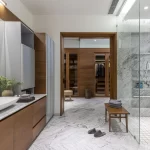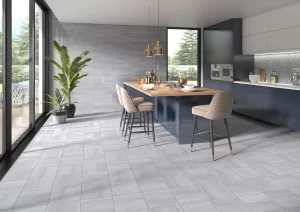What is Garden Design?
3 min read
Garden design is the art and science of strategically placing flowers, shrubs, trees, and other plants to create a pleasing aesthetic and functional space.
Design can be achieved using color, form, line and mass as elements that combine to create an aesthetic and elicit emotion.
Color
Color can be an incredibly useful tool for gardeners, as it allows them to create spaces that are both soothing and stimulating. Selecting shades that suit your garden’s vibe – from muted greys and purples to vibrant reds and oranges – will instantly change its atmosphere.
Make the most of color in your landscape by selecting a palette that aligns with your design goals and aesthetic. Start by choosing one or two primary hues that you can build upon, such as yellow, red and blue.
Utilizing the color wheel is an excellent way to explore how colors interact and relate to one another, as well as which tints and shades are available. Look across the color wheel for complementary hues – those opposite each other on the spectrum – and pair them together for a harmonious scheme.
Form
Form is the three-dimensional mass of an object, typically an outline that defines a space. It creates visual interest and often plays the dominant role in garden design.
When designing a garden, the use of various forms is desirable to avoid the landscape appearing monotonous. Rounded natural shapes can soften hardscape surfaces or outdoor structures while adding visual weight.
Common garden forms include circles, squares and polygons. Formal gardens usually employ geometric shapes with straight edges while informal styles often showcase organic or naturalistic shapes that mimic nature.
Line
Lines are an essential element in garden design. They help define space, set its mood and convey your garden’s message.
Lines can be formed in several ways: They can create continuity through physical linkage (touching), or they can contrast with a background. Examples include the edges of a brick patio meeting an expanse of green turf or tree outlines against the sky.
Lines in your landscape can also be created or defined by plants and other structures. Straight lines convey a feeling of formality, while curved ones add interest.
Mass
Garden design employs mass to add visual interest, form, color and texture. Grouping plants together in a mass can be achieved by pairing two or three blooming at once in one color or mixing varieties of grasses for strong visual impact.
In general, larger plants tend to draw attention and push your garden forward visually, while smaller varieties recede into the background. This is an important principle to keep in mind when designing your outdoor space.
This idea can be employed to manipulate the proportions of a garden by creating an asymmetrical balance. Additionally, you may wish to guide your eye through a garden by grouping low-growing focal points or taller perennials and grasses together to give off an illusion of scale.
Focal Points
Focus points can be architectural elements like a pergola or arbour, as well as garden art pieces and water features that turn an ordinary garden into something captivating and inviting.
In addition to their aesthetic value, focal points are an effective way to guide people through your garden and give it structure. Place focal points anywhere that a line of sight intersects or there is a change in direction, such as at an entryway or path.
A tree surrounded by a group of plants is an effective focal point, especially if they differ in size, shape and texture. Combining perennials and annuals together can add seasonal interest; however for permanent focal points it is essential to select striking plants that look good all year round.

















